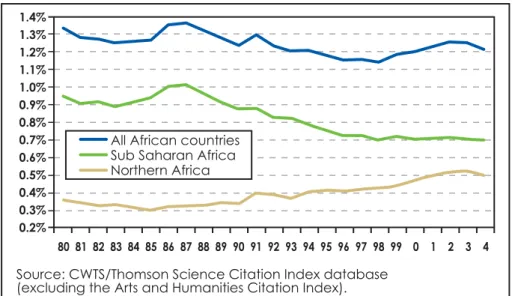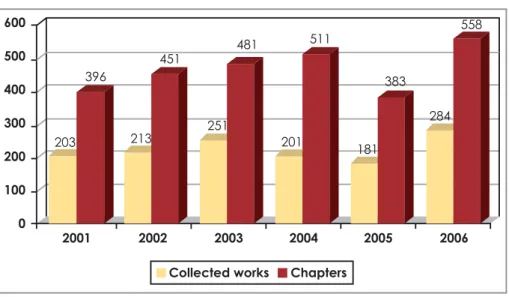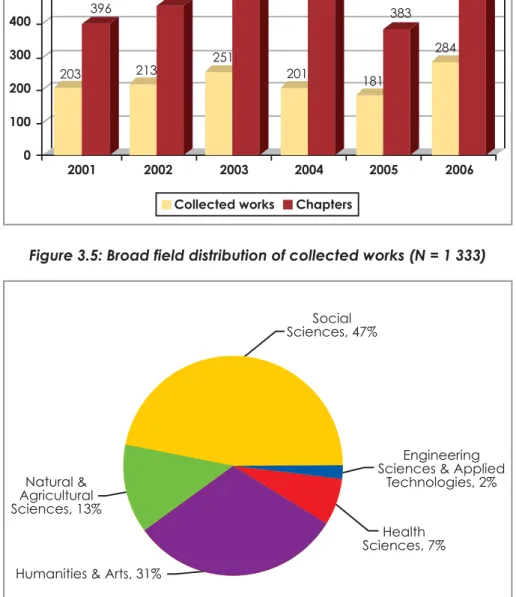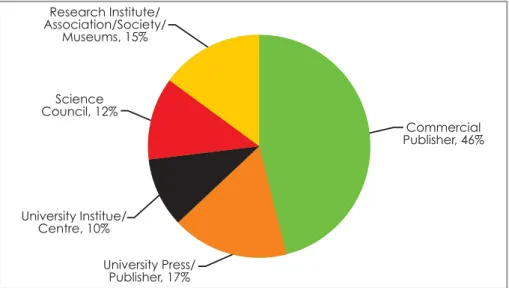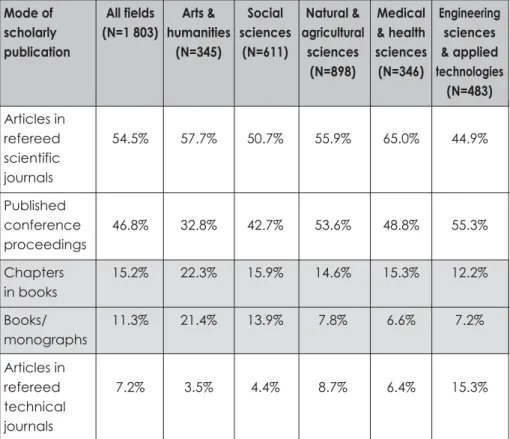The authors would also like to express their gratitude to members of the Publishers Association of South Africa (PASA) and the National Scientific Editors. How much should books and book chapters be 'weighted' in terms of the Department of Higher Education and Training's (DoE) policy framework. Journal Article = 1.0) (The question here is basically one of weighting the importance of the different types of outputs in the hope of an apples-to-apples comparison).
1 SCHOLARLY BOOKS IN THE TWENTY-FIRST CENTURY
Recommendations arising from this Chapter
The Committee recommends that the publication (or co-publishing) of high-quality scientific books (monographs and collected works) be strongly encouraged and supported in South Africa and elsewhere because of the contributions that these types make. the in-depth scholarship enabled by such publications can help raise the profile and increase the impact of a country's research system. The ability to achieve new syntheses at a high level in book form is one of the most direct expressions of such leadership.
2 BACKGROUND ON SCHOLARLY BOOKS AND PUBLISHING IN AFRICA/SOUTH AFRICA
Recommendations arising from this Chapter
An additional or alternative systemic approach based on the system in Canada could be the creation of a national fund to subsidize the publication of scholarly books. The experience of, for example, the HSRC Press in South Africa has shown that online accessibility can significantly increase the marketing and sales of hard copies of scientific materials.
3 THE USE OF SCHOLARLY BOOKS IN ACADEME
Recommendations arising from this Chapter
The panel recommends that efforts be made to obtain approval from book publishers in South Africa to follow a general quality assurance system conceived as guidelines based on the recommendations in this report. Our recommendation is aimed at providing a stimulus to best practice arising from greater clarity about the nature and goals of scholarly books, as described in this report.
4 WHO EVALUATES SCHOLARLY BOOKS, AND HOW WELL AND LEGITIMATELY DO THEY DO SO?
Recommendations arising from this Chapter
Doctoral dissertations should not be categorized as 'scholarly books' unless they fully conform to one of the type categories proposed in Chapter 5;. Advanced textbooks' or 'professional books' should also not be categorized as science books unless they fully fit into one of these categories;.
000 words is proposed, subject to the discretion of legiti- mately identifying exceptions where an extended analysis or
The related question of weighting books in relation to journals can also be addressed in relation to the recommended typological categorization of scientific books and our proposal for quality assurance of these. It is also clear that there needs to be transparency on the part of DoHET regarding its assessment of submitted books and collected works, at least at the level of feedback to institutions and authors.).
5 CONCLUSIONS AND RECOMMENDATIONS FOR A STRATEGICALLY ENHANCED ROLE OF SCHOLARLY
Recommendations arising from this Chapter
A broad scholarly exposition by one or more (several) scholars of the available literature on a topic, from a position of demonstrable authority, which makes an important conceptual or empirical synthesis that advances the study;. We further recommend that the potential beneficial effects of prescribed and unprescribed use of science books in undergraduate and postgraduate teaching and learning be studied, and the lessons learned be applied to general higher education practice.
This Report’s approach
Scientific publishing in journals from and within South Africa was thoroughly reviewed in the report on a strategic approach to research publishing in South Africa, published by the Academy of Science of South Africa (ASSAf) in 2006.1 The report also included a detailed analysis of the general code of conduct (largely based on a combination of professional editorial judgment and multiple independent peer reviews), which has been internationally accepted as the basis of the most orderly way of building, maintaining and self-correcting what is loosely known as the 'literature' of the ever-expanding universe of scientific journals, most of them recently converted to dual print and e-published versions. A brief summary of the first academy report on journal-mediated scholarly publishing in South Africa and its.
A brief summary of the first Academy Report on journal- mediated scholarly publishing in South Africa, and its
The immediate trigger was a request from the DoHET for a follow-up consensus review by the Academy of books and book chapters published in and from South Africa, to inform policy on the recognition of research results by higher education institutions. The introduction of the Regulations issued in 2004 in this sector has been associated with numerous problems at operational level, in particular as regards the comparison of such results with journal articles, and the heterogeneity of the material submitted for accreditation (see Chapter 4 ). The teaching will be subject to discipline-grouped peer review by Academy consensus panels, and in each case the findings and recommendations will be released into the public domain – the criteria and processes for this have been approved and adopted.
Matters of definition
Le Roux has argued that the difference between the two forms of publishing comes down to one of focus or emphasis3, while others have seen the objectives of the book publisher as being to generate profit for shareholders and to publish valuable books (a view that is far more applicable for specialist publishers than for scientific publishers). Many of the books published by the university presses are therefore primarily intended for researchers or other people interested in certain concentrated research fields.
International trends in the production and use of scholarly books
In a recent paper, Margaret Dalton14 explored the concerns of the relevant parties involved in the book publishing chain: publishers, booksellers, librarians, students, general readers and authors. In the humanities, publishing books remains the dominant goal of faculty members; questions about quality and effect are now frequently and problematically raised in their working environment.
A new era in authoring, publishing and reading scholarly texts
Whatever the shape of the future, it seems that publishers will not survive unless they retake some of the roles they have handed over to other partners in the field over the years." The problem permeates all thinking about Web 2.0 and especially 3.0 environments and the deep question of sustainability, reliability and usability of new systems.
Open access (free online) publishing
Significant changes are imminent in the vast industry of providing university textbooks, many of which reflect the changes taking place in the publishing of scholarly books adapted to the special, much larger and fundamentally different nature of the enterprise. 25. Finally, there is the question of whether the deeply rooted culture of "book in hand" can be replaced by a multitude of reading forms.
Book history – a new discipline
One of the most useful explorations of the new discipline of book history in the context of this report is that of authors, authorship, and authority. Although this authorship and its associated authority have been diluted by recent theories of the "death of the author" (Barthes 29), as the importance of the readership has been increasingly emphasized and the power relations between reader and author "deconstructed," the role of scientific authorship remains a fundamental part of how the general 'literature' of human knowledge and understanding is constructed, not only in books but also in other scientific forms such as journals.
Recommendations arising from this Chapter
Scholars moving from one field to another often find that delving into a book works much better than delving repeatedly into different sources on a given topic. The ability to achieve new syntheses at a high level in book form is one of the most direct expressions of such leadership.
We wonder whether it is sufficiently developed and whether it is integrated into 'the literature', locally and internationally. African university presses also face the same set of challenges, having to overcome the burden of economic hardship, political instability and unemployment, to name a few.3 The University of Dar Es Salaam in Tanzania has decided to maintain its publishing capacity, but Although the University of Nairobi Press is still active in Kenya, it has not produced many publications (East African Educational Publishers and Acton Publishers are filling the gap in the academic publishing market). Although there are a large number of universities in Nigeria, only few university presses exist, and their role is more that of a service provider than that of a scholarly publisher.
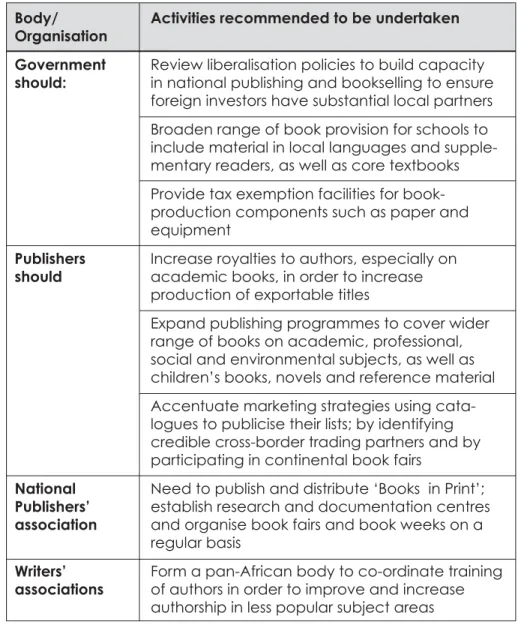
Scholarly Publishing in South Africa
Nevertheless, there is a point here for further consideration of the question of audiences for scientific books and for the typology of scientific books themselves (see Chapter 5). Public funding of the platform has been agreed by the Department of Science and Technology, at least for the three-year start-up phase.

A commissioned study of books or collected works pub- lished in, or from, South Africa
In fact, it is likely that sound business models for duplicate book publishing will be achieved fairly quickly due to their bulk and thus their clumsiness on computer screens, the much greater continuing appeal of ' the 'book in hand' (or paid e-book on an electronic reading device), and the much more effective marketing of books enabled by web searching, browsing and sampling. What is clear, however, is that there is already a basis for building a productive national system of scholarly publishing, including that of books.
Data sources
Many of the issues identified for investigation in the ASSAf brief are normative issues, i.e. the most productive monograph authors are identified (those with at least two monographs in the monograph database) and the names of the authors sought in SAK.
Some background on ISI-indexed and other South African journals
Articles published in a journal included in the International Bibliography of the Social Sciences (IBSS), published by the British Museum and the London School of Economics. The purpose of the journal had to be to disseminate research results, and the content had to support high-level learning, education and research in the relevant field.
Self-regulation of ‘the scholarly literature’
This provides exactly what the peer review system was designed to achieve - the allocation of appropriate recognition for scientific contribution combined with the improvement of the article under review, prior to publication. Does this mean that peer review as a systematic practice is fatally biased due to rivalry in the field?
A comparison of peer review in journals and books
The panel is of the opinion that quality assurance in book publishing, especially in the case of collected works, requires that the three levels of examination are clearly separated and addressed. Another argument in the case for three-level systematic quality assurance is the likely resolution from this approach of the key issues of originality, primacy, citability, and archival value of particular finds and discoveries.
Pre-publication quality assessment by South African book publishers
The peer review process is relatively strict in terms of scientific merit, but is not good at assessing potential markets. The main issue is whether peer review of individual chapters in the case of edited volumes/collected works is in fact comparable in rigor to that used by journals.
Books are published in, and from South Africa: Analysis of database on monographs and chapters in collected
Most of the collected works (78%) were published by overseas publishers and the figure has remained more or less stable (73%-81%) over the past six years (Figure 3.6). The majority of collected works (78%) were published by overseas publishers and the figure has remained more or less stable (73%-81%) over the past six years.
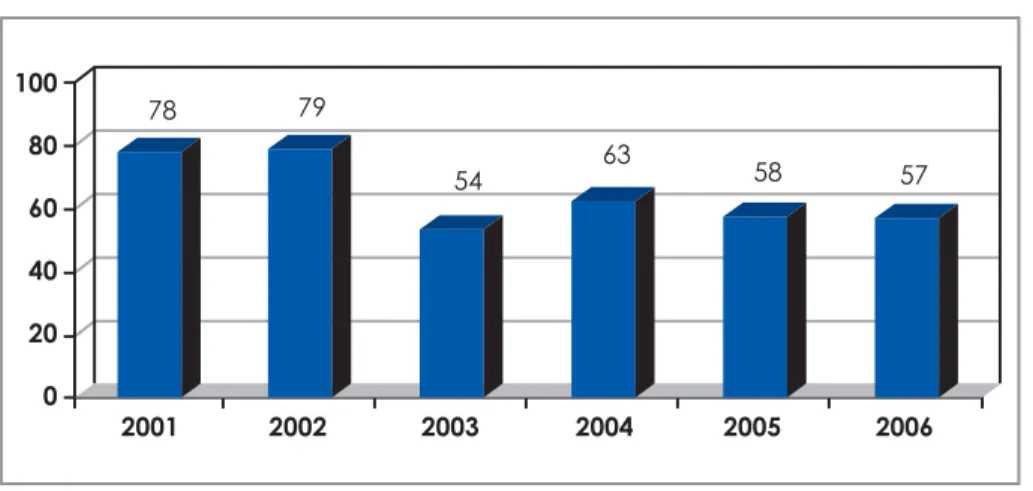
Interrelationship between authors producing monographs, chapters in collected works and journal articles
The most productive authors of monographs and their production of articles and chapters in collected works. Almost 70% of the most productive monograph authors between 2001 and 2006 did not produce any chapters in collected works.
On the relative importance to researchers of monographs and journals – evidence from the CREST survey
Most respondents in the social sciences and humanities stated that they rated their best monograph as better than their best individual articles. Respondents from natural sciences were divided on this question, respondents from health sciences and engineering indicated that their best article was more important to them than their best monograph.
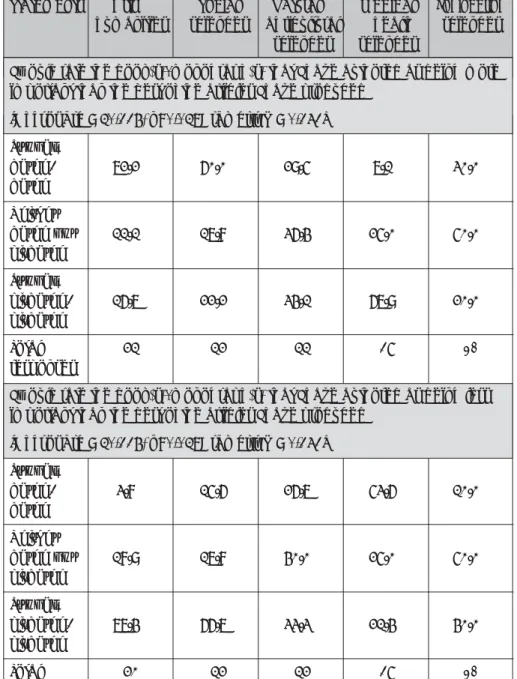
Books and journals as modes of knowledge dissemination
The CREST survey of top scholars in the country thus reaffirmed the field-specific differences in personal assessment of the relative value of monographs and journal articles. The majority of respondents (ranging from 60% to 89%) in all fields of science except the health sciences were of the opinion that the effort put into producing their book(s)/monograph(s) was definitely more than five times the effort of producing a standard article.
Different target audiences for monographs and journal articles
US dominance in the social sciences and some of the humanities fields was evident in both sets of figures. A serious shortcoming of these particular indexes was seen to be the non-coverage of non-serial publications, especially in the social sciences and humanities, where books are an important means of communication.
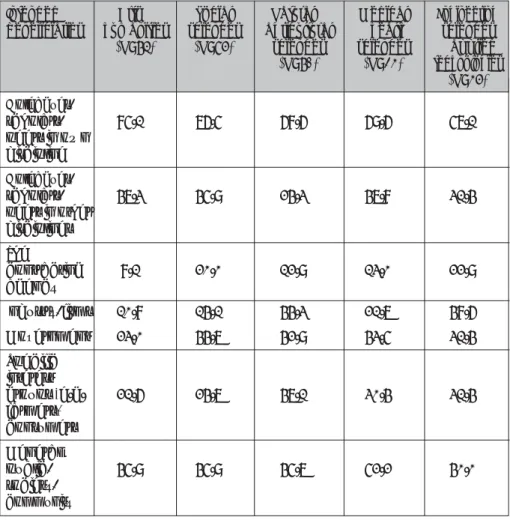
Scholarly books and the accreditation system of the De- partment of Higher Education and Training (DoHET)
Scholarly books and the Department of Higher Education and Training (DoHET) accreditation system. To what extent should books and book chapters be 'weighted' in terms of the DoHET policy framework?
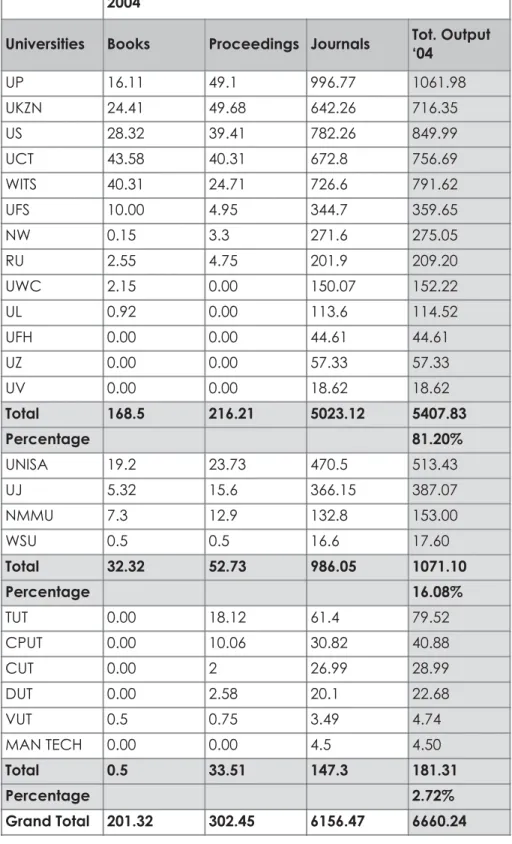
Post-publication evaluation of books
This system has recently been evaluated as part of the NRF's first five-year institutional review2 and in a focused manner by the Joint Higher Education Commission of South Africa (HESA) and the NRF itself.3 Without a shared understanding of the nature and scholarly value of books of different types, comparisons of apples and oranges become pears are problematic and quickly create distrust in the justice and validity of a well-intentioned but very intensive approach. A further policy framework affected by the uncertainties surrounding scientific books is one that seeks to measure the productivity and cost-effectiveness of financial and other inputs into a country's research and innovation system, including through the use of indicators.
Monograph reviews as a measure of book impact
The analysis of reviews of South African monographs revealed the following: 28% of monographs had been reviewed, the majority of which were in ISI journals. Only monographs in the social sciences and humanities were reviewed in local South African journals; the rest of the reviews for the other scientific areas all appeared in ISI journals.
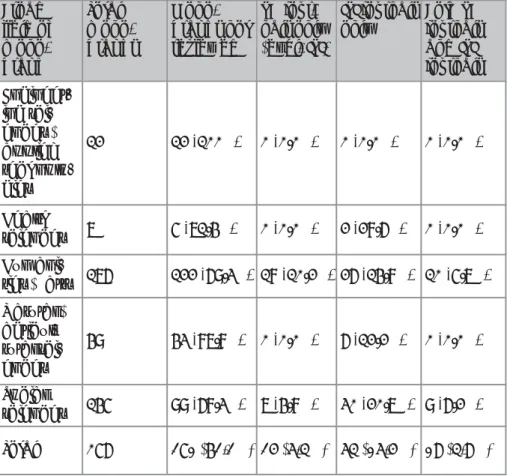
Citation indexing and books
On average, most book reviews appeared within a year of the book's publication. And then there is the well-known phenomenon of the high-quality but poorly cited paper.
Citation impacts of monographs versus journal articles
Books in the social sciences and humanities generate on average three times more citations than journal articles in these fields. However, there is evidence that citation behavior within sub-fields of the social sciences (e.g. cognitive science) demonstrates patterns more similar to citation behavior in the natural sciences.
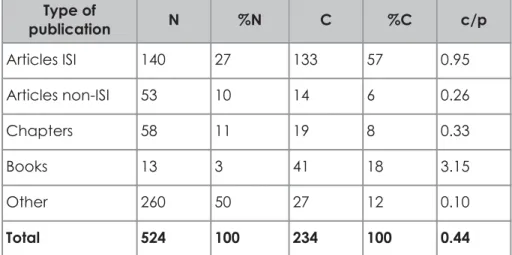
Analysis of citation rates of South African monographs
Regardless of whether or not the monograph is cited in a book in Google Scholar – if cited, the number of citations received in books along with the number of self-citations is captured;. Books from the natural and health sciences received the highest average number of journal citations in Google Scholar (24.00) and ISI Web of Science (18.13).

A note for comparison on the international visibility of South African journals
This in itself raises a major question mark about the international visibility (or lack thereof) of the majority of South African journals. Journal of the American Society for Information Science and Technology Scientific output and recognition: a study in the operation of the reward system in science.
A Researchers at higher education and other institutions
The ASSAf report on publications in South African journals highlighted the importance of the issue of 'visibility' of research/scholarly publications. An exploration of some of the 'deep' issues regarding the nature of scholarly books as opposed to other books.
An exploration of some of the ‘deep’ issues concerning the nature of scholarly books as opposed to other books,
The main indicator would be the effort that has gone into the work as a whole to create one. One of the areas considered by the Panel to be worthy of research is the possible large role in university teaching of casual and unspecified reading of science books.
B Direct and indirect funders and supporters of research/quality assurers of research
To the extent that “the literature” is the vast repository of existing peer-reviewed (quality-assured) original publications on which scientists in all disciplines depend for the building blocks of their new research, these scientists and their trainees are the natural audience of scientific researchers. books. Appropriate contextual value judgments are needed, as discussed above, and the approach will have to keep pace with new developments.
C National beneficiaries of research
D Editors and publishers of locally published books
The advent of online publishing has significantly changed the way editors and publishers of scholarly books in South Africa see their future. The cost can be significantly reduced if a decision is made to stop the publication of printed publication in favor of the electronic mode. 5Significant marketing gains can also be achieved (not only within the country), and integration of scientific books into bibliographic and scientometric systems greatly facilitated.
E Analysts and evaluators of Research and Development (R&D) activity
We have also argued that university presses should be considered part of the core functions of knowledge-generating institutions, justifying subsidy as much as other core functions such as the purchase of equipment, buildings and facilities. We believe that adopting the proposed typology and associated criteria for judging the academic nature of books would not be particularly difficult, as they involve approaches to ordering and quality assurance that are hardly revolutionary or impractical.
F Learners and teachers at South African schools
Prof. Belinda Bozzoliis, Deputy Vice-Chancellor for Research at the University of the Witwatersrand in Johannesburg (Wits). Her primary responsibility is to lead and manage the implementation of the Academy's approved projects.
HISTORY
OBJECTIVES
RELEVANCE
The Academy is in line with national policy as set out in the White Paper on Science and Technology and the National Research and Development Strategy. It also seeks to meet other national priorities, such as the Accelerated and Shared Growth Initiative for South Africa and the Joint Initiative for the Acquisition of Priority Skills.
MEMBERS
CURRENT ACTIVITIES (mid 2009)
Science for South Africa, which serves as a platform for communication about scientific research conducted in South Africa. The Scholarly Publishing Program is aimed at implementing the ten recommendations developed in the 2006 Academy Report on A Strategic Approach to Research Publishing in South Africa.
